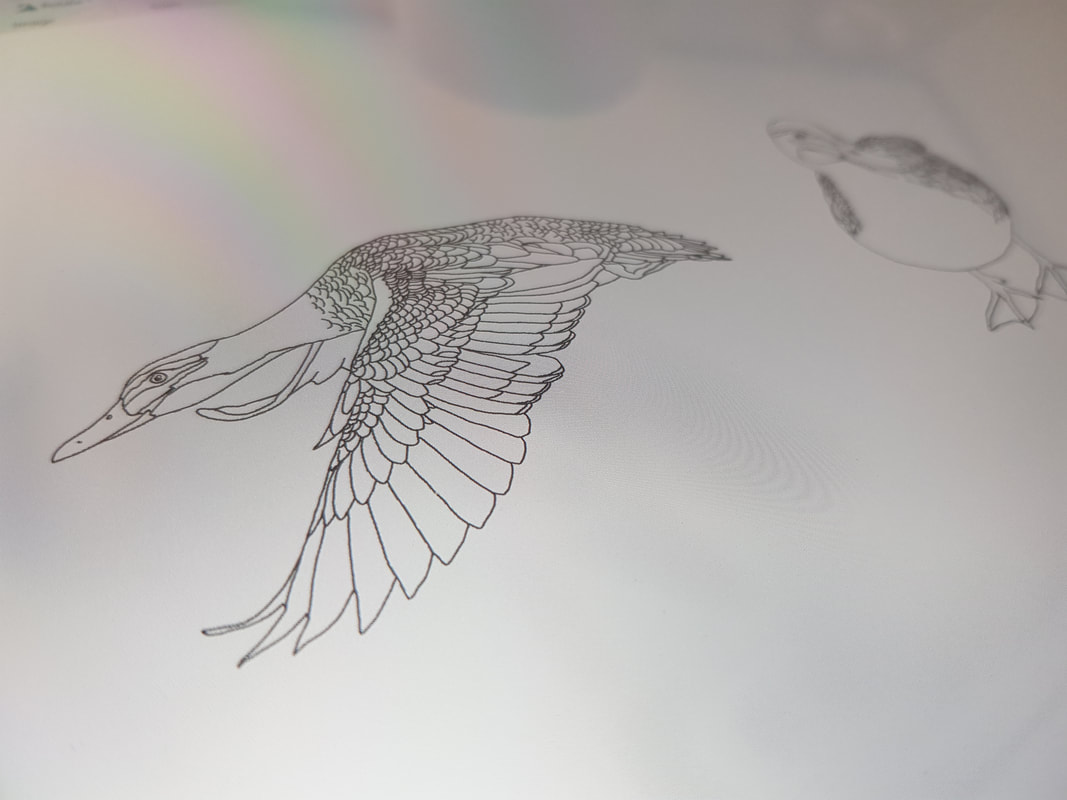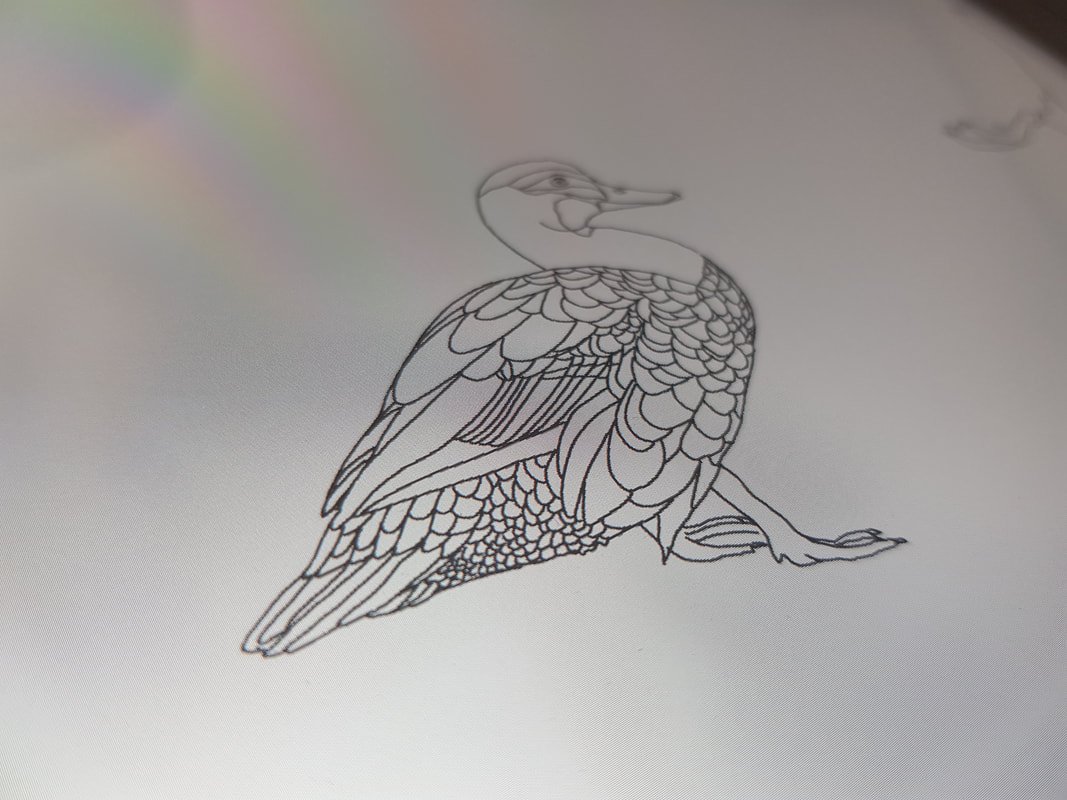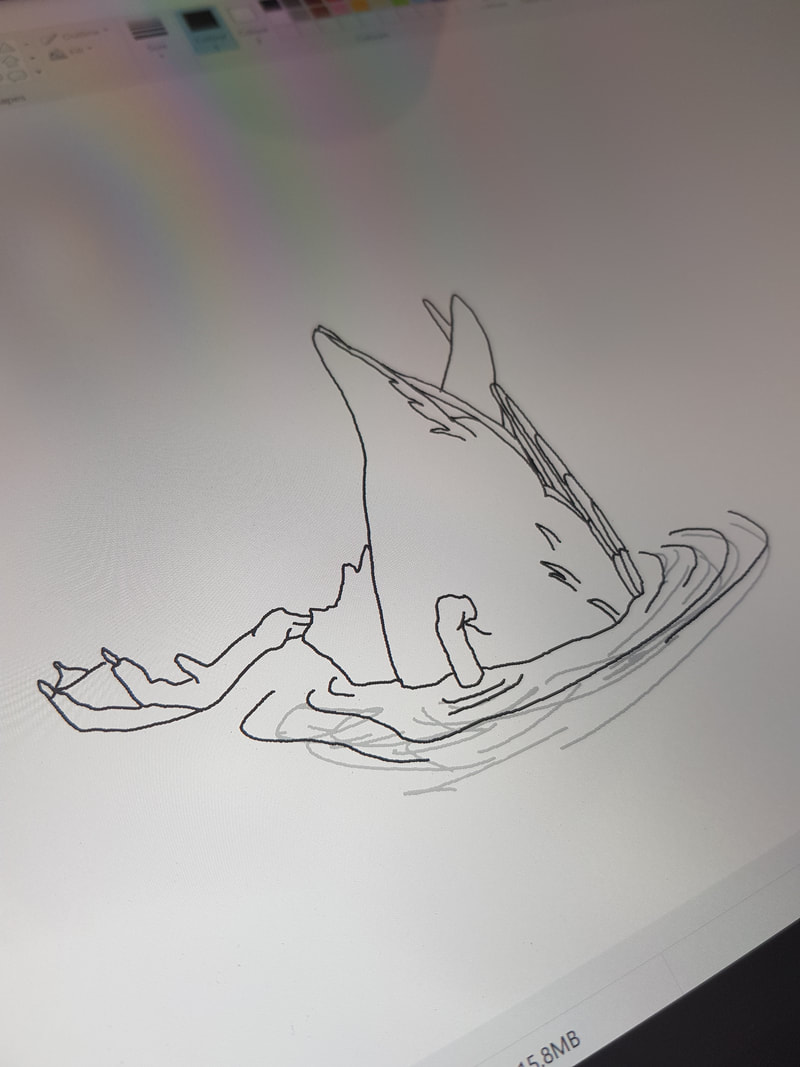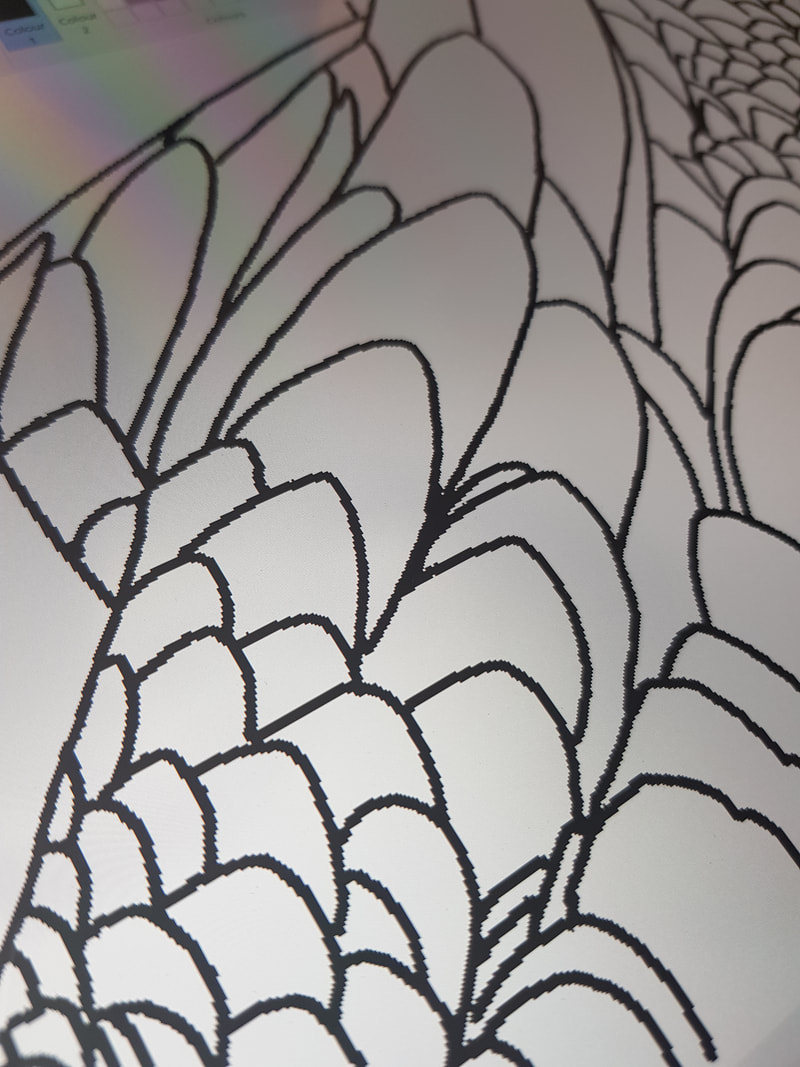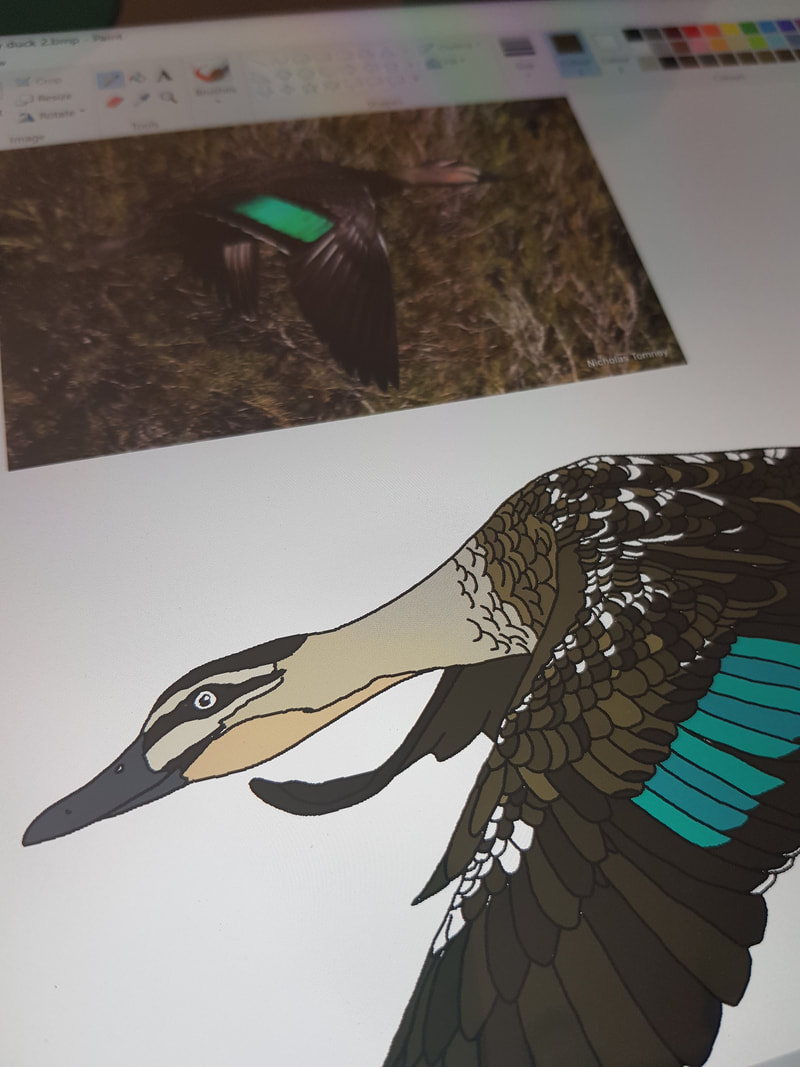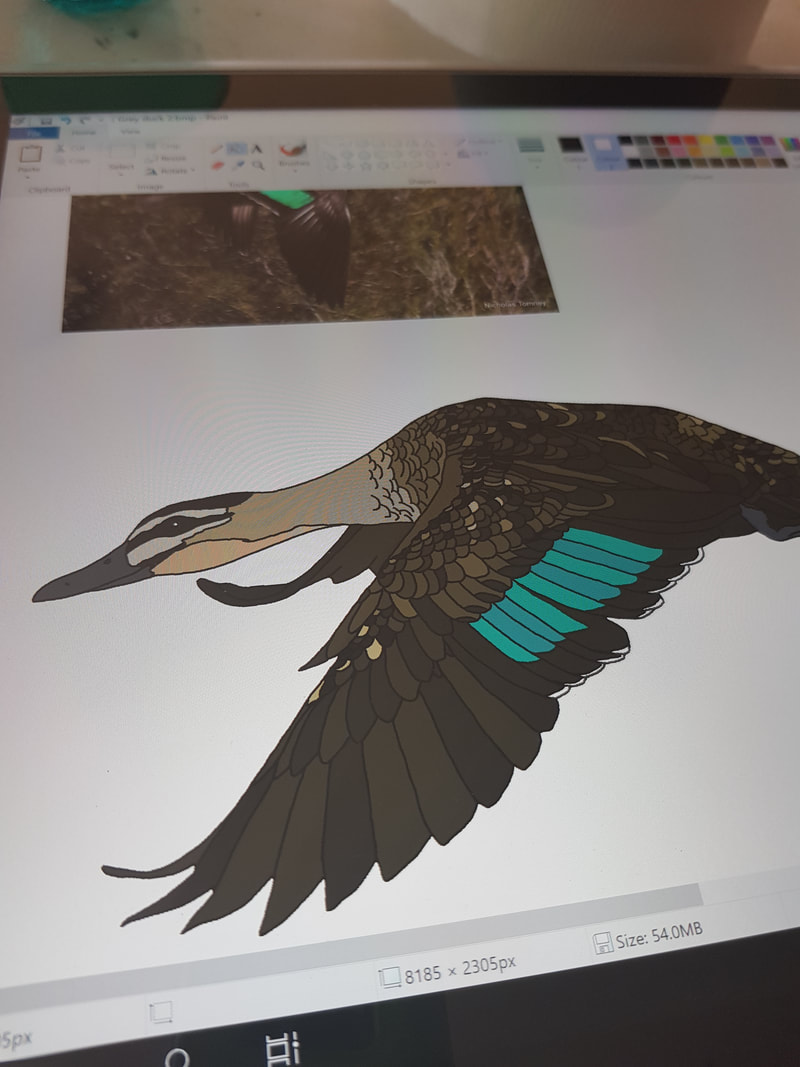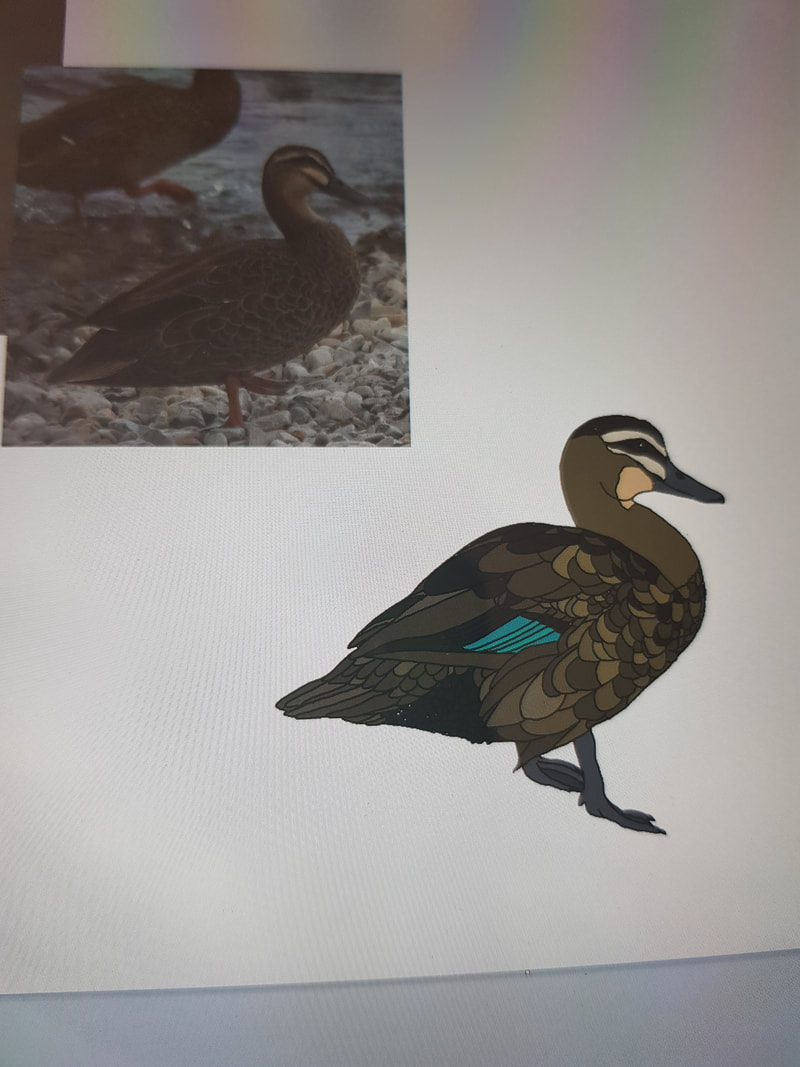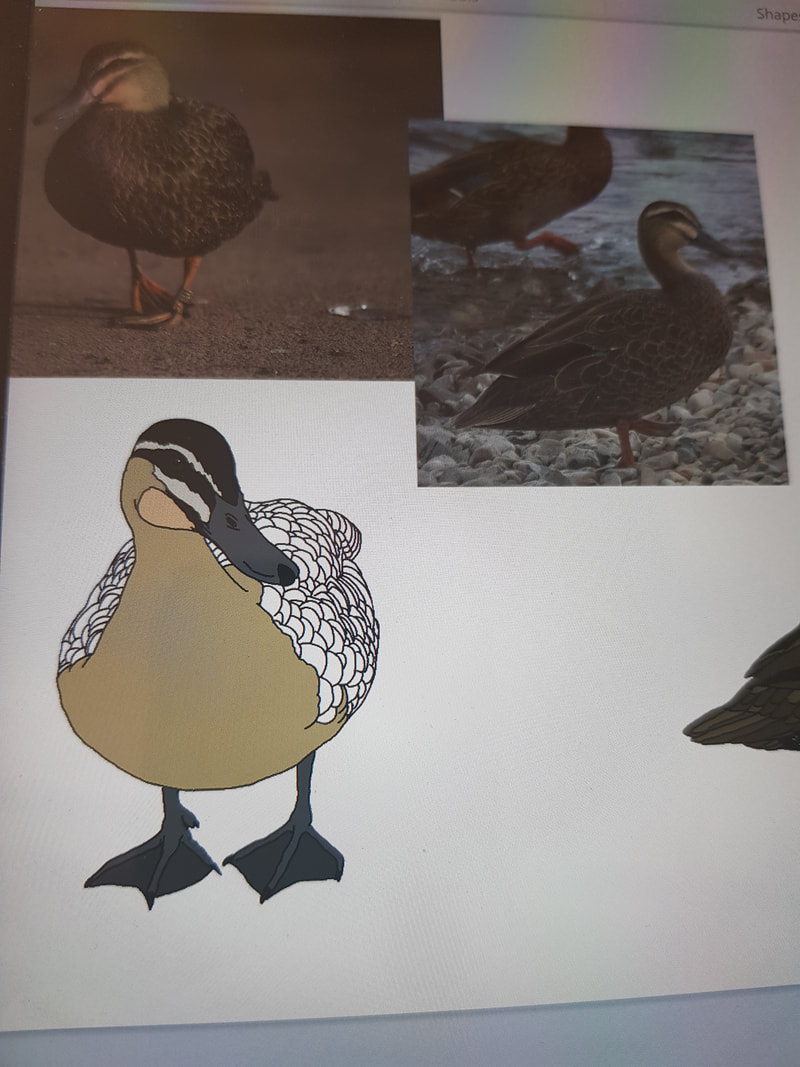Duck detection
OK, so at first glance, this just looks like “a duck”. Like, a normal duck.
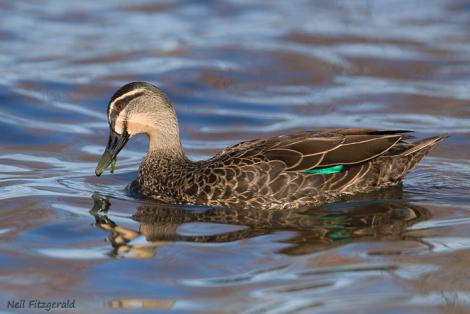
Grey duck. Adult. Lake Taupo, Waikato, April 2009. Image © Neil Fitzgerald by Neil Fitzgerald www.neilfitzgeraldphoto.co.nz
OK, yes, fair enough, it looks like a female “normal duck”, or mallard. The colour of the head is a bit lighter. And I’m not sure that I have noticed that cheeky flash of underwing colour on a “standard” (or mallard) duck.
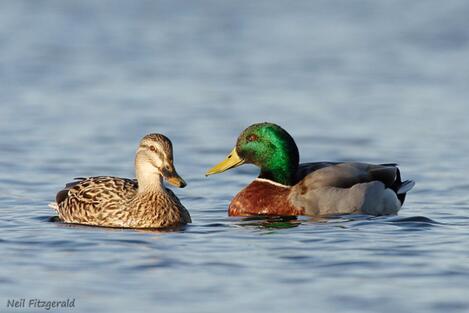
Mallard. Adult female (left) and male (right). Hamilton, Waikato, July 2005. Image © Neil Fitzgerald by Neil Fitzgerald www.neilfitzgeraldphoto.co.nz
Aha, this might be why:
The New Zealand grey duck population is believed to be extensively hybridised with introduced mallards to such an extent that few pure grey ducks may now exist, hence its “critical” conservation status. While this presumption is based entirely on phenotype, as definitive genetic studies have yet to be undertaken, the diversity of soft part and plumage characteristics of most grey duck-like New Zealand birds compared to those in Australia lends support to this belief.
[…]
Similar species: grey ducks are easily confused with female mallard from which they can be distinguished by (the following distinctive markings of a mallard):
- bright orange legs and feet
- orange-and-brown bills
- more diffuse eye and bill stripes and mottled face
- a blue speculum edged with white both at front and back.
Hybrid grey x mallard ducks are confusingly variable in most characteristics and otherwise “good” grey ducks need to be examined closely for any indication of anterior speculum stripe (alar bar) on wing (white or fawn, narrow or wide…if it is visible it is probably of hybrid ancestry), hints of orange on legs, and “dirty” cream face with indistinct edges to the facial stripes.
Source:
NZ birds online (my formatting and editing)
OK, so what’s a speculum in this context? Oh, it’s the cheeky flash of colour on the wing!
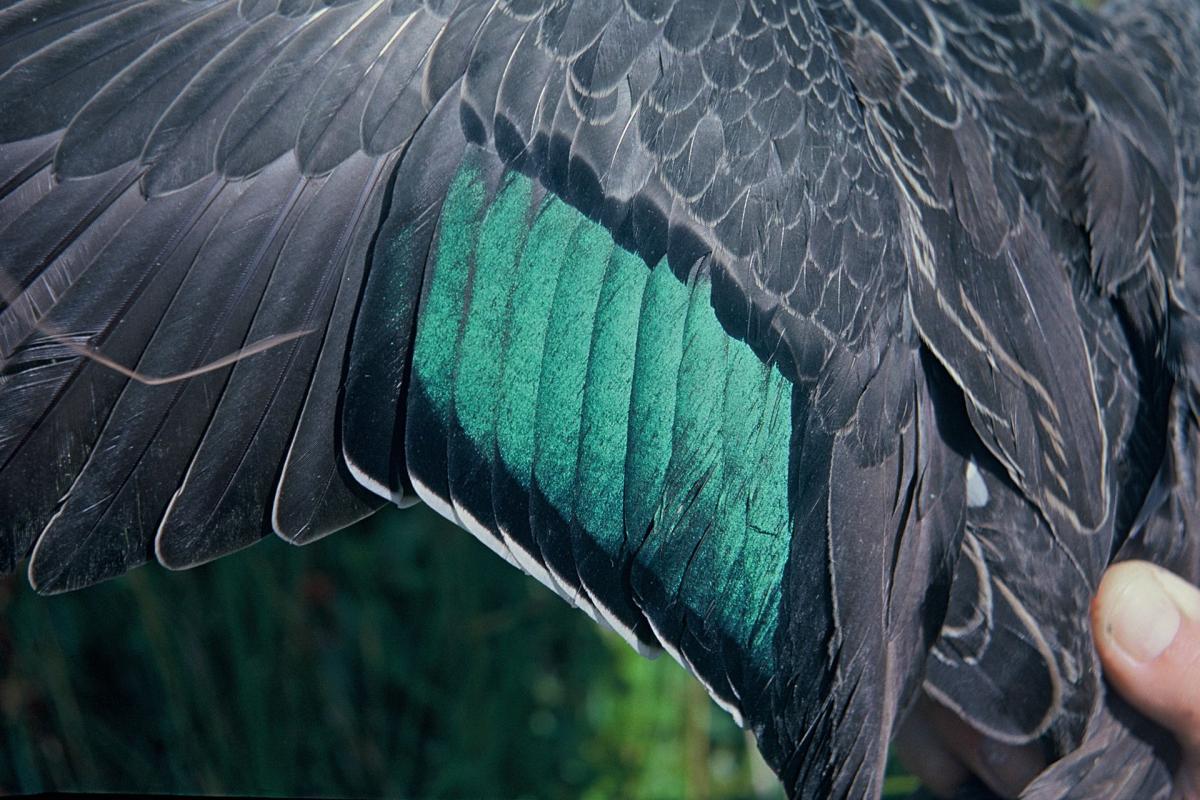
Grey duck. Wing showing characteristic iridescent green speculum. Lake Tuakitoto, March 1962. Image © Department of Conservation ( image ref: 10028810 ) by Colin Roderick Department of Conservation Courtesy of Department of Conservation
|
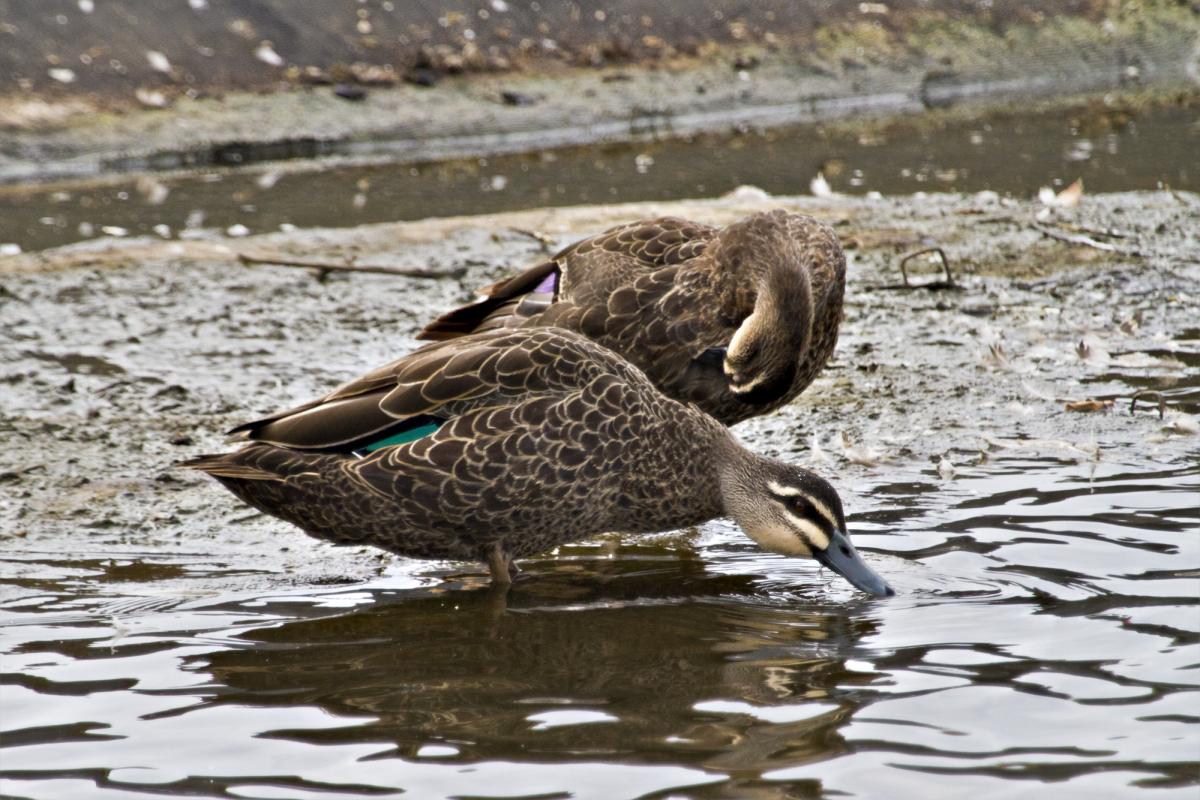
Grey duck. Grey duck showing green speculum (front) and mallard hybrid (behind) with blue speculum.. Tauranga, February 2013. Image © Raewyn Adams by Raewyn Adams
|
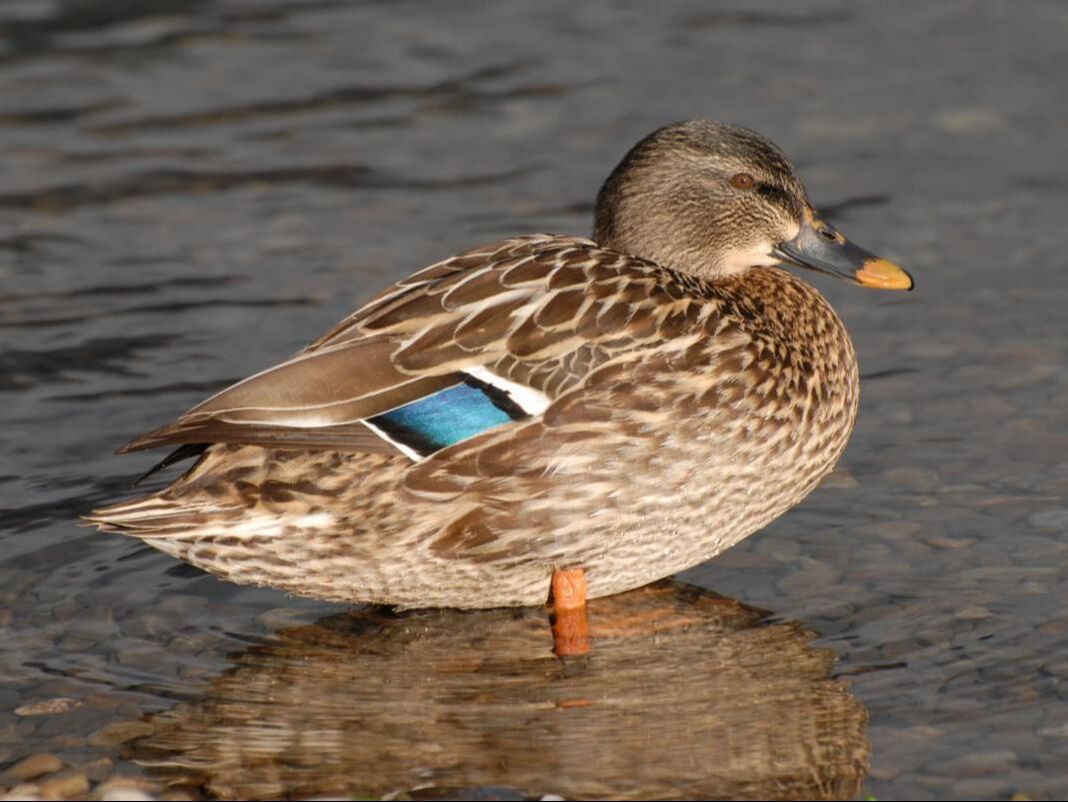
Mallard. Female. Nelson Lakes National Park, July 2007. Image © Peter Reese by Peter Reese
|
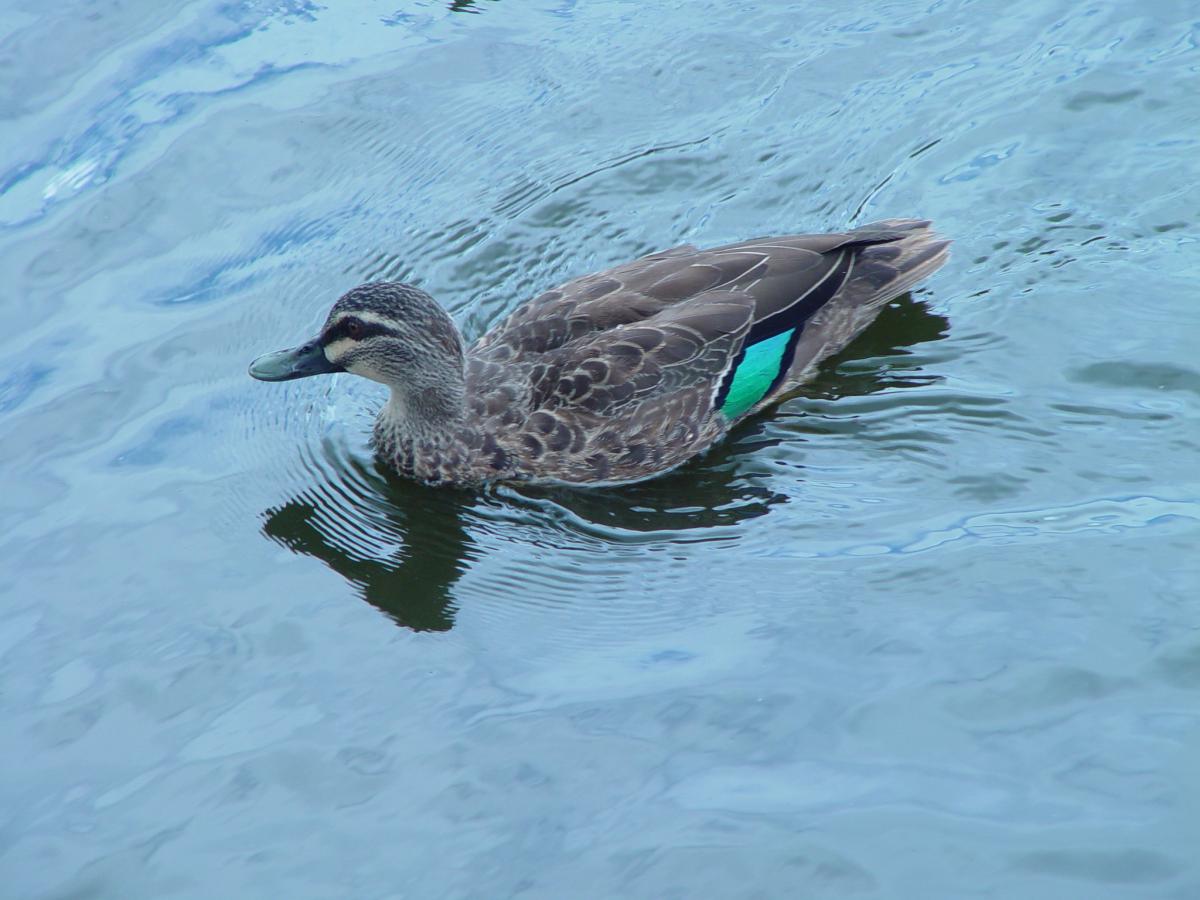
Grey duck. Hybrid adult swimming (the white bar above the green speculum denotes a hybrid). Western Springs, Auckland, January 2006. Image © Graeme Taylor by Graeme Taylor
|
Distinguishing characteristics of a grey duck
So we need:
- olive legs and feet
- dark grey bill
- sharply-delineated eye and bill stripes, and a ‘clean’ face
- green speculum with white edging only at the back (the trailing or outer edge of the feather from the body of the bird).
Here’s an article from NZ Fish and Game with some more details about the differences between the two ducks, and some examples of types of hybrids. Warning – while there are no upsetting photos, this is intended for hunters, and uses some language that might upset some people. It is linked here only because of the useful information it contains.
Another thing to note is that, while in New Zealand, this bird is called the grey duck or pārera, it is known internationally as the Pacific black duck.
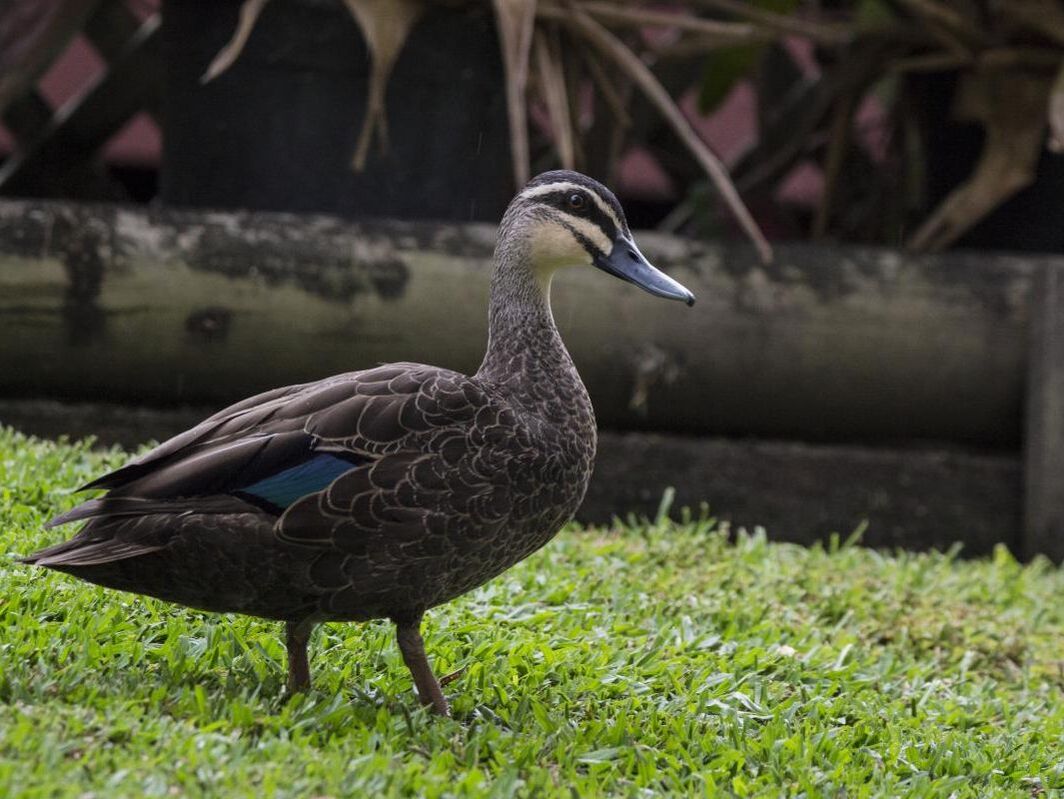
Grey duck. Adult. Tweed Heads, Queensland, January 2018. Image © Oscar Thomas by Oscar Thomas
|
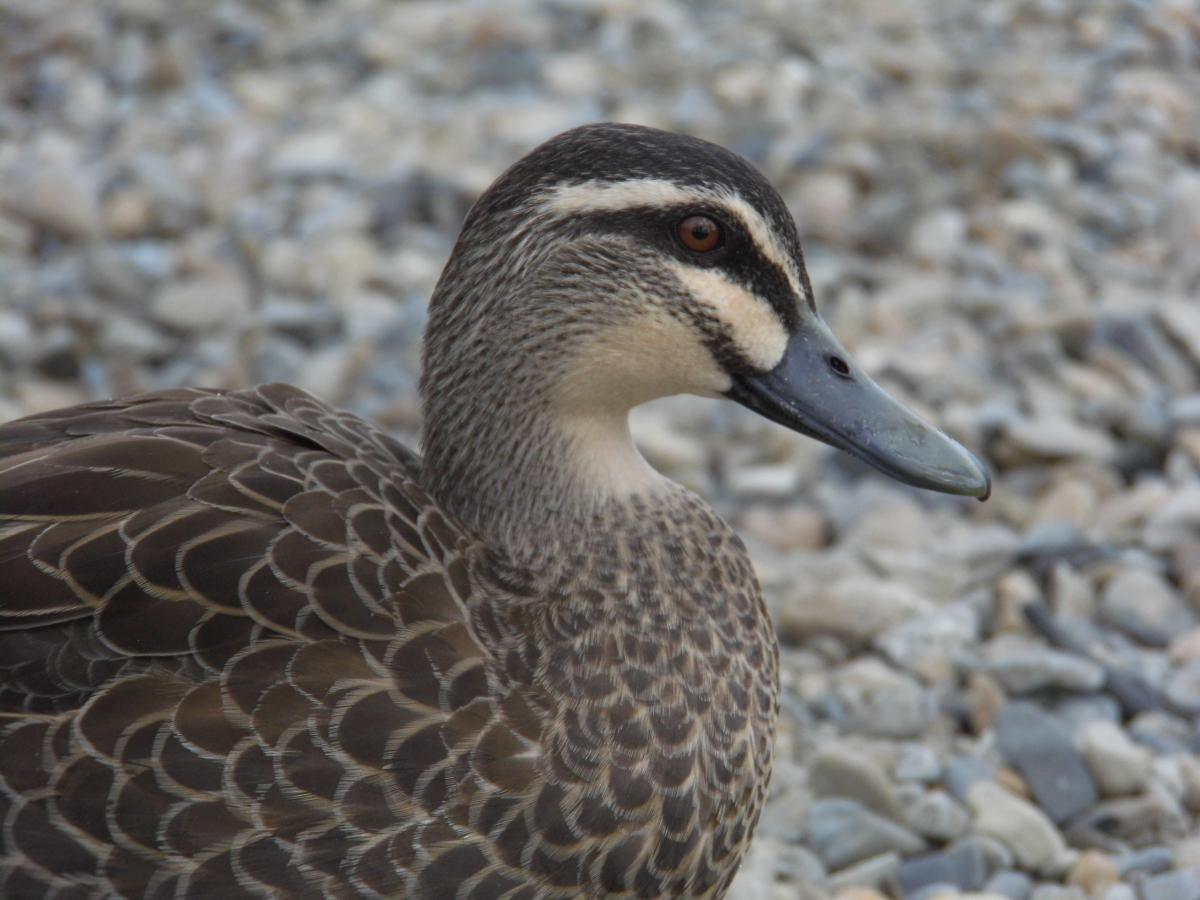
Grey duck. Adult. Lake Rotoiti, Nelson Lakes, March 2014. Image © Amber Calman by Amber Calman
|
Yes, I am going to say it
So now that we have our ducks in a row, it’s time to start drawing ducks!
Last week was absolutely nuts, and unfortunately, several things came up that pushed out my ability to finish my duck design – so we are shooting for one-and-a-half designs today. Wish me luck!
I managed to do my research and get the initial outlines sketched out on Friday before things turned to custard and I had to put the design on hold, so today so far has been about choosing the final lines to draw, and filling in the feather detail.
I decided to do some really detailed feather work on these birds, as the reference photos were so crisp, so that took much longer than usual, as did the colouring of all those feathers.
Using reference photos, I tried to reflect the feather colours without compromising my
ligne claire style – so no shading, or multiple hues within one outline. It meant re-colouring the same feathers several times to get the effect I wanted, and took a long time – but I eventually reached a stage that felt like a good balance between accuracy and my faithfulness to my type of stylised artwork.
Because the Gibson’s Wandering Albatross ended up being a duplicate, I did a bonus grey duck, so there are 5 today.









